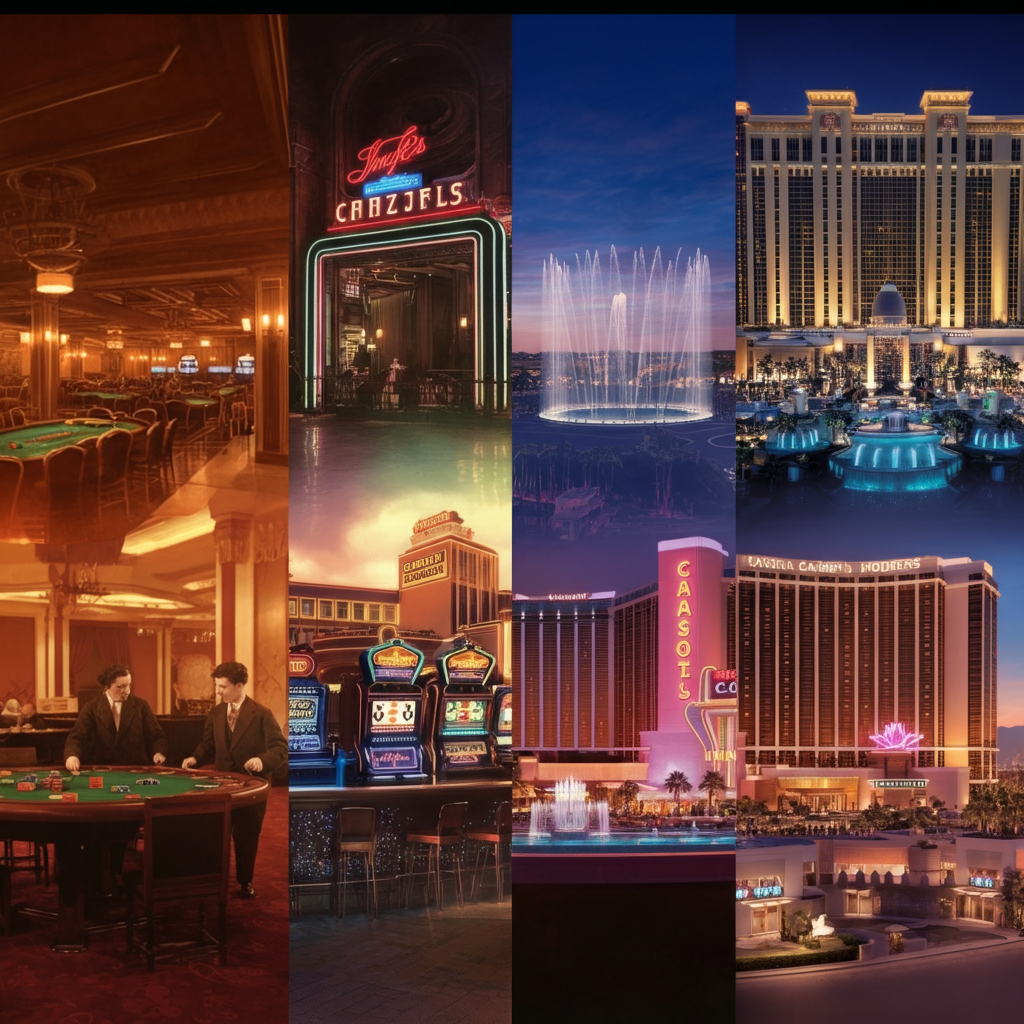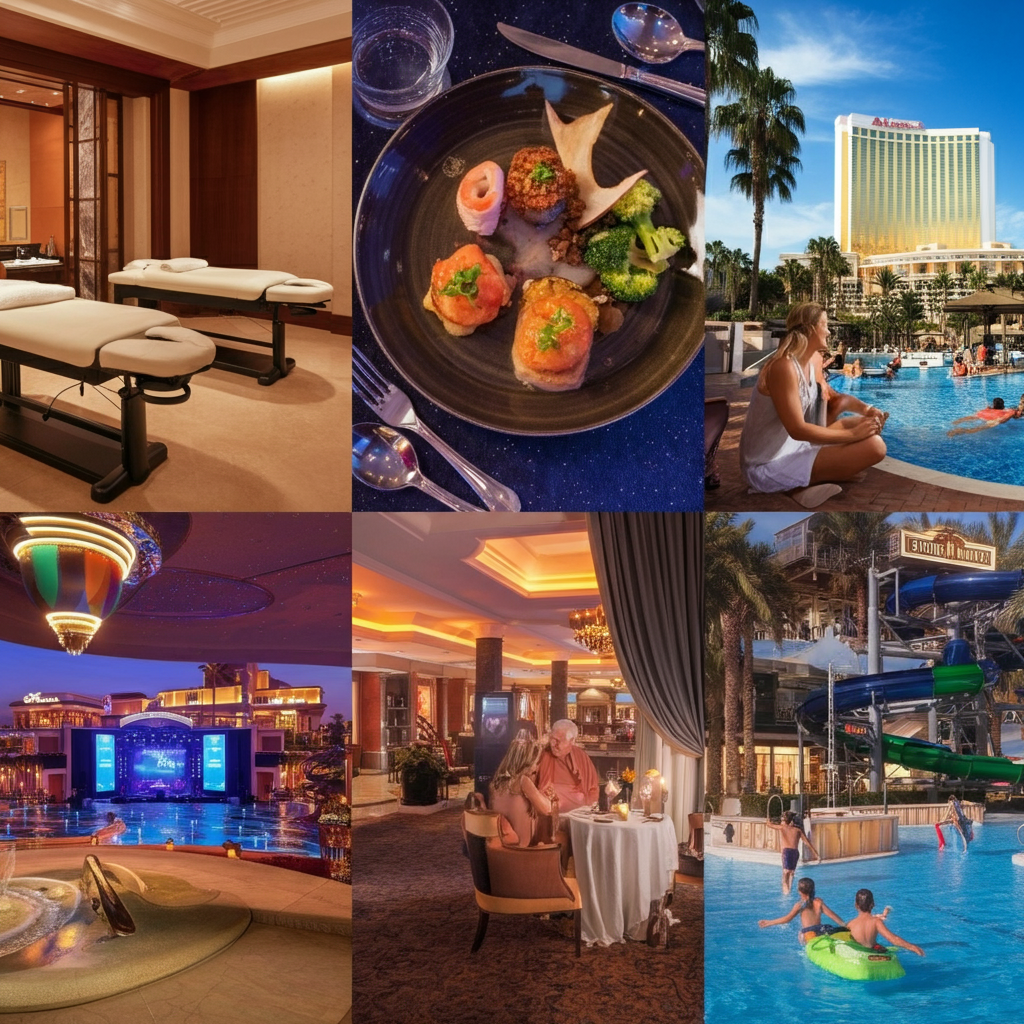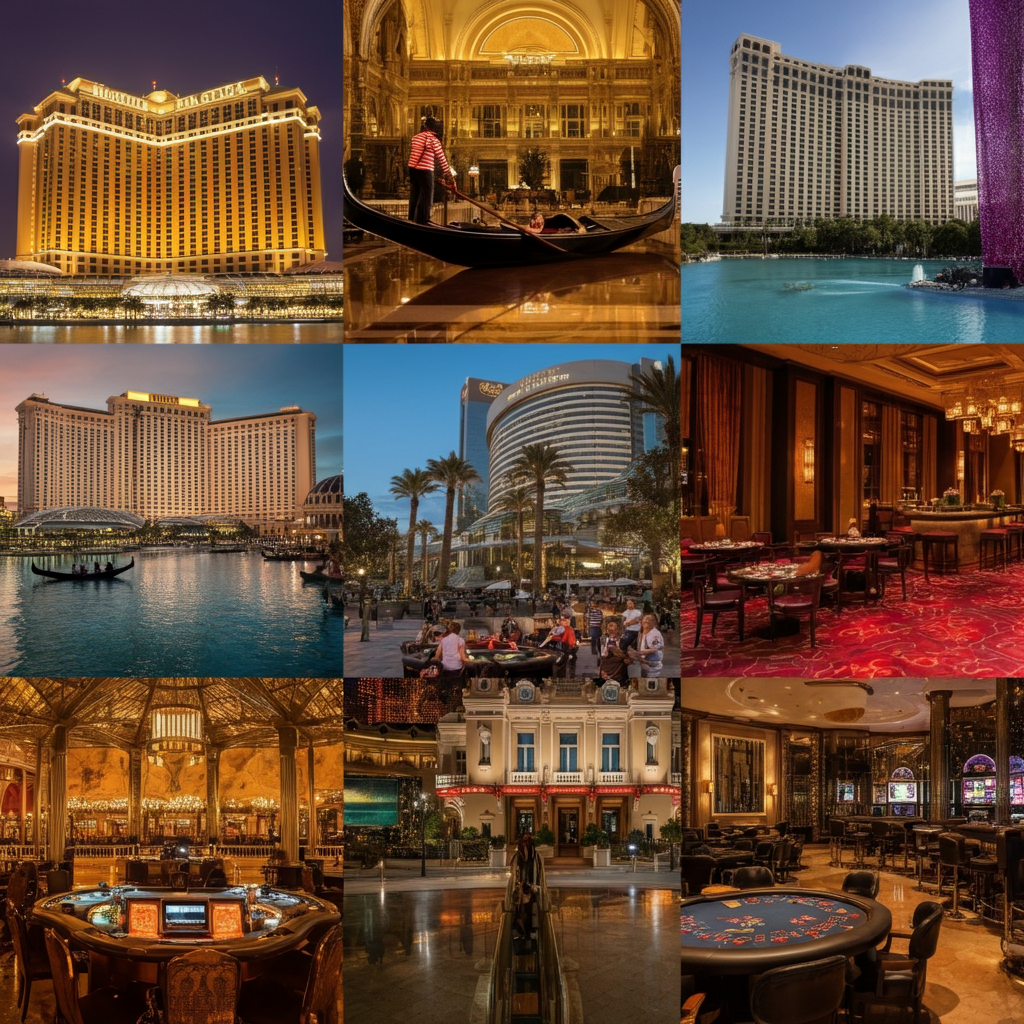Casino hotels have undergone a remarkable transformation over the years. What began as modest gambling halls has now expanded into a global phenomenon of luxury resorts, combining entertainment, relaxation, and world-class amenities. This evolution reflects not only changes in the travel and hospitality industry but also shifts in how people seek leisure and escapism. Let’s take a closer look at the key milestones that shaped the modern casino hotel experience.
The Humble Beginnings
The history of casino hotels can be traced back to the early gambling halls of the 19th century. These establishments were far from the lavish resorts we know today. Often located in saloons or small venues, they provided spaces for card games, roulette, or dice games. The focus was entirely on gambling, with little emphasis on aesthetics or comfort.
One of the earliest developments in organized gambling took place in Monte Carlo with the iconic Casino de Monte-Carlo, established in 1863. This elegant venue became a symbol of sophistication and began connecting gambling with luxury, paving the way for the casino hotels of the future.
The Rise of Las Vegas
No discussion of casino hotels is complete without mentioning the rise of Las Vegas. During the 1940s and 1950s, the Nevada desert transformed into an entertainment oasis, starting with the Flamingo Hotel, developed by the infamous Bugsy Siegel. Unlike the standalone casinos of the past, the Flamingo and its successors introduced the concept of casino hotels, where accommodations, dining, and entertainment coexisted under one roof.
Las Vegas soon became synonymous with the glitz and glamour of gambling. Legendary names like the Sands, the Desert Inn, and the Dunes followed, defining the golden age of Vegas. It wasn’t just about rolling dice or pulling levers but offering guests an unforgettable experience. Extravagant showgirls, swing performances by stars like Frank Sinatra, and themed designs brought Vegas casino hotels into the spotlight.
Expansion Beyond Vegas
The 1970s and 1980s marked a turning point as the casino hotel concept spread beyond Las Vegas. Atlantic City, with its prime beachfront location, became the next big player, offering East Coast gamblers a taste of Vegas-like excitement. Resorts like Caesars Atlantic City blended luxury with gambling to attract a new market.
It wasn’t long before casino hotels expanded globally. Asia emerged as a new frontier in gambling, starting with the growth of Macau. The Sands Macau, Venetian Macao, and other mega-resorts transformed this small former Portuguese colony into the “Vegas of the East.” Singapore followed suit, hosting massive destinations like Marina Bay Sands, which took the casino hotel concept to new heights with its stunning architecture and innovative amenities.
Moving Beyond Gambling
The turn of the millennium marked another pivotal moment in the evolution of casino hotels. Gaming alone was no longer enough to attract a broad audience. Operators began integrating a wealth of non-gambling attractions to appeal to families, couples, and even corporate travelers.
Today, casino hotels are synonymous with luxury resorts. Take the Bellagio in Las Vegas, for example, renowned for its iconic fountain show, fine art gallery, and botanical gardens. Similarly, the Atlantis in the Bahamas combines gaming with sprawling water parks, marine habitats, and world-class dining. These additions have turned casino hotels into destinations where even non-gamblers can indulge.
The Integration of Art, Culture, and Culinary Experiences
Modern casino hotels now emphasize unique experiences that go beyond traditional expectations. Many destinations highlight local culture or offer immersive art and entertainment. For instance, the Venetian and Palazzo resorts in Las Vegas recreate the charm of Venice, complete with gondola rides, while the Kurhaus Casino in Baden-Baden offers a glimpse into European history and sophistication.
Culinary excellence has also become a staple at casino hotels. Michelin-starred restaurants and celebrity chefs now headline resorts like Wynn Las Vegas, Marina Bay Sands, and MGM Macau, making food and drink as much of a draw as gambling itself. You can enjoy sushi prepared by Nobu Matsuhisa, steak by Gordon Ramsay, or perfectly crafted cocktails while taking in panoramic city views.
The Modern-Day Mega Resorts
The modern casino hotel is a marvel of design and engineering, blending luxury, fun, and adventure. Resorts World Sentosa in Singapore is a prime example, with attractions ranging from Universal Studios to an underwater hotel experience. Similarly, City of Dreams in Macau combines high-end shopping, gourmet dining, and even aquatic shows, catering to travelers seeking a comprehensive experience under one roof.
Meanwhile, Las Vegas continues to outdo itself with each new development. Resorts like The Cosmopolitan and Aria redefine indulgence with their rooftop pools, curated art displays, and cutting-edge green design.
Looking Ahead
The evolution of casino hotels shows no signs of slowing down. With technology reshaping the hospitality industry, we can expect innovations like virtual reality gaming, AI-driven personal services, and even more personalized amenities. New destinations will also emerge, with regions like South America and the Middle East exploring the potential of this lucrative industry.
Final Thoughts
The journey from simple gambling halls to sprawling luxury resorts has been nothing short of extraordinary. By blending gambling with diverse attractions, casino hotels have managed to appeal to travelers of all ages and interests. They’ve become destinations that celebrate indulgence, adventure, and the art of escape.
Whether you’re planning a trip to Vegas, Macau, or a tropical paradise like the Bahamas, casino hotels promise experiences that go far beyond the gaming floor. One thing is certain—their evolution is a testament to the endless pursuit of entertainment and luxury.


